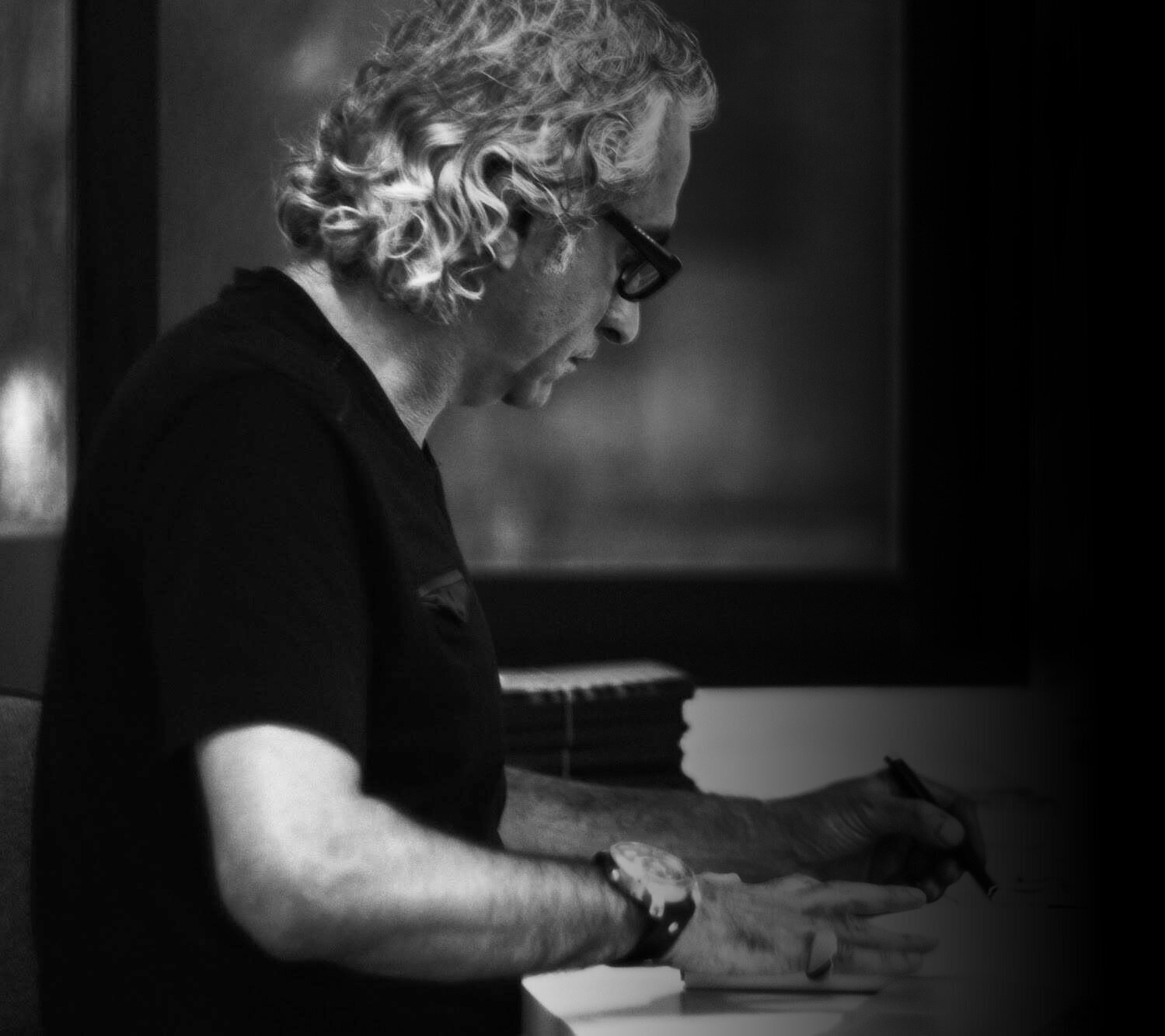
My Architectural Narrative
"Nature's great book is written in mathematics" Galileo Galilei
Ever since I began studying architecture, I’ve experienced a tension between two drives pulling me in two opposing directions, shaping the way I see the world.
On one side was the classical foundation of architectural education, rooted in Vitruvius’ triad: Firmitas (strength), Utilitas (function), and Venustas (beauty). I tried to connect with this lineage, to embrace the orthodoxy of form, function, and formal beauty.
On the other side was something deeply personal: my inherited love for science, mathematics, and natural systems. I was fascinated not only by nature’s forms but also the hidden logic behind their formation - the algorithms, patterns, and self-organising structures that give rise to complexity and coherence. I saw beauty not as an aesthetic finish, but as an emergent property of systems. The rigid lines and rectilinear forms of traditional architecture often felt disconnected from the elegance I saw in nature’s asymmetry, fluidity, and subtle order. This dissonance created an internal struggle, an uneasiness that stayed with me for years.
It wasn’t until architecture began to intersect with computation, complexity science, and ecological thinking that things began to shift. Suddenly, my two drives - tradition and natural logic - weren’t at odds; they began to converge. The Vitruvian idea of Venustas started to mean something new to me. What if Vitruvius, in his own way, was speaking of the same beauty we find in natural systems? What if his point was that architecture should move us in the same way the natural world does?
That realisation changed everything. It was a kind of awakening - one that gave me a renewed sense of purpose. From that point on, my work began to evolve into something else: a search for an ecological vision of architecture - a way of designing that situates the built environment within a broader, living context. A vision that sees architecture not as an isolated discipline, but as a participant in nature’s unfolding story.

Visionary Architect
“You never change things by fighting the existing reality. To change something, build a new model that makes the existing model obsolete.” Buckminster Fuller
My curiosity to explore new territories of design thinking drove me to diverse places over the years. In my design thinking, I have always resisted following the conservative, traditional, and know-how methods that dominate the profession and academia. Instead, I look for new design possibilities facilitated by integrating big data, new materials, and algorithmic processes. These processes moved the design process from simply imaging an end result of a form into dealing with data and information to inform the process. I found this to be more inclusive and thorough than the reductive process of imagining an end form.

The basis of the universe isn't matter or energy- it is data (James Gleick, WIRED)
For me, design is an analogy for life: a balance of risk and control, knowing when to go with the flow, knowing when to stop. I design to feel more connection with the natural world and to embrace the challenges in life along with the light. With data and algorithms, design becomes an interdisciplinary activity where ideas become scalable from one discipline to another. Sometimes the same algorithm originally created for a building facade, or an urban plaza, can be used to create a piece of jewellery or fashion. This approach extends design possibilities across different disciplines. Digital fabrication further facilitates such possibilities.

Algorithimc-Design Researcher
"An algorithm is not only a computer implementation, a series of lines of code in a program, or a language, it is also a theoretical construct with deep philosophical, social, design and artistic repercussions." (Terzides, 2006)
From social media apps to self-driving cars, algorithms are reshaping our lives and defining our new culture. They are embedded in every formation of the natural world. Thinking of design as a data-based algorithmic process has reshaped my process and opened up many possibilities to explore new typologies of forms and space. To think of design in an algorithmic way is to reverse the design process from a top-down system wherein the architect's subjectivity and biases decide on a form that meets the project's requirements. In the algorithmic way, the form emerges from the negotiation of certain parameters defined by the architect.

Futuristic Educator
As a progressive educator, my teaching is directed toward preparing the students for the future of the profession. I believe educators play a pivotal role in imparting knowledge about future-oriented processes, techniques, and systems rather than of the past. It is our responsibility to raise students' awareness about emerging issues and environmental responsibilities. With the emergence of AI and advanced computational systems, the design process is undergoing a transformation, shifting from traditional modernist paradigms to sophisticated algorithmic systems that leverage BIG DATA to inform the design process comprehensively. Additionally, the use of advanced simulations enables architects to assess building performance and navigate the interplay between aesthetics and functionality more effectively.




